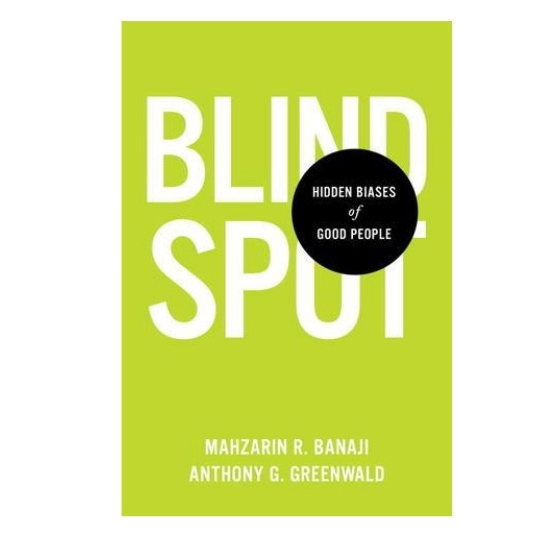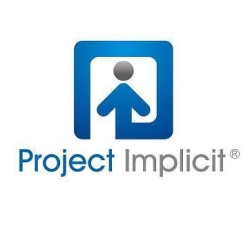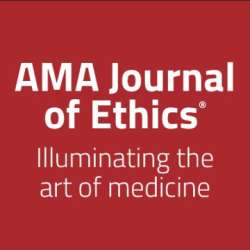
American Physical Society – Committee on the Status of Women in Physics, Committee on Minorities in Physics
American Physical Society – Committee on the Status of Women in Physics, Committee on Minorities in Physics
Through the Committee on the Status of Women in Physics, the American Physical Society (APS) is committed to encouraging the recruitment, retention, and career development of women physicists at all levels












